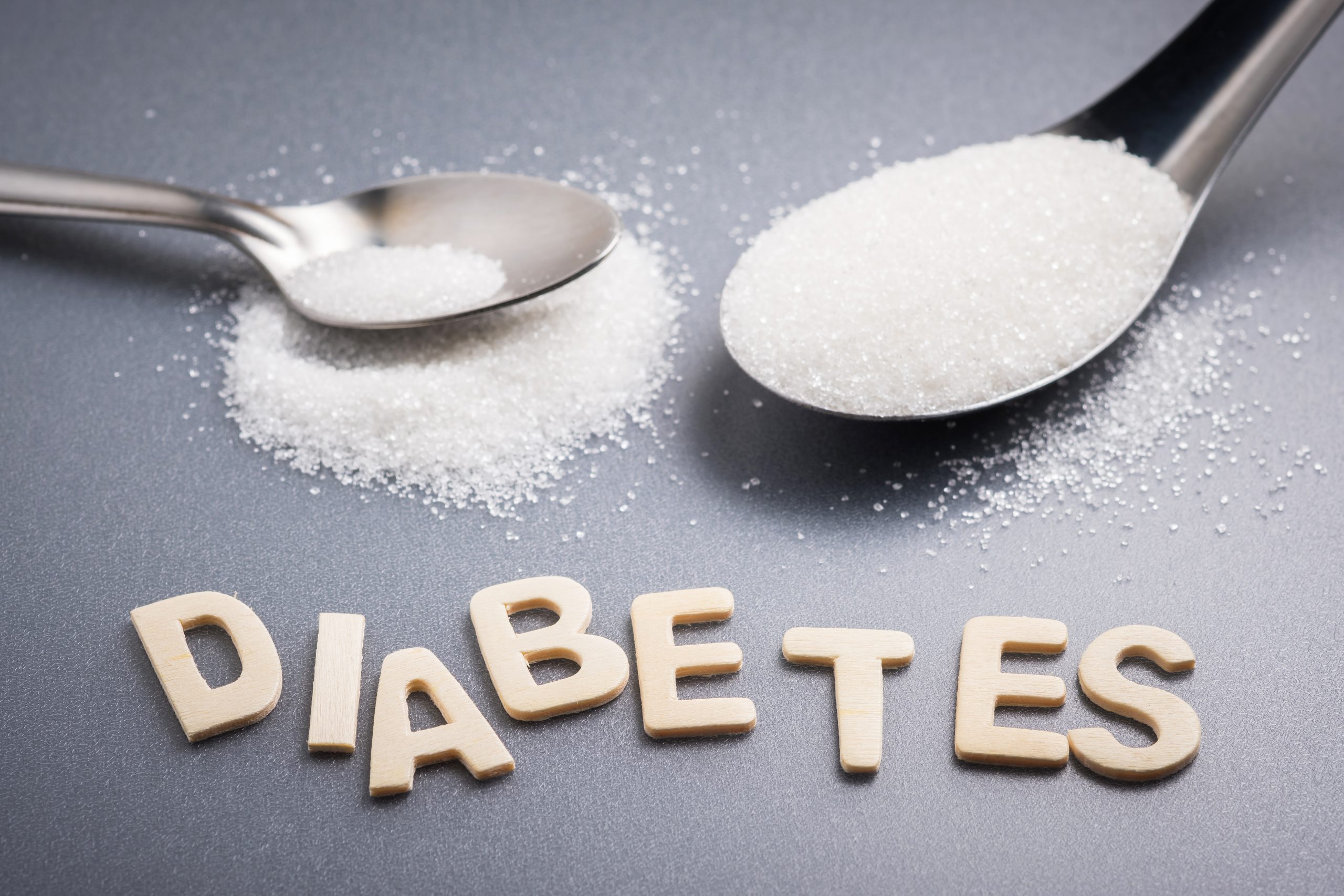Diabetes is a chronic condition that affects millions of individuals worldwide. It is characterized by high blood sugar levels due to either the body’s inability to produce or effectively use insulin, a hormone responsible for regulating blood sugar. While there are different types of diabetes, the most common forms are type 1 and type 2 diabetes. Understanding the differences between these two forms is essential for proper management and treatment. In this article, we will explore the distinctions between type 1 and type 2 diabetes, shedding light on their causes, symptoms, and treatment approaches.
Type 1 Diabetes:
- Cause: Type 1 diabetes is an autoimmune disease where the body’s immune system mistakenly attacks and destroys the insulin-producing cells in the pancreas. The exact cause is unknown, but genetic factors and environmental triggers are believed to play a role.
- Onset: Type 1 diabetes often develops during childhood or adolescence, although it can occur at any age. It typically appears suddenly, with noticeable symptoms that may include frequent urination, excessive thirst, unexplained weight loss, extreme fatigue, and increased hunger.
- Insulin Dependency: Individuals with type 1 diabetes are insulin-dependent, meaning they require lifelong insulin therapy to manage their blood sugar levels. Since the pancreas produces little to no insulin in type 1 diabetes, insulin must be administered through injections or an insulin pump.
- Blood Sugar Management: Blood sugar management in type 1 diabetes involves a combination of insulin therapy, regular monitoring of blood sugar levels, and dietary adjustments. Counting carbohydrates and balancing insulin doses accordingly is a common strategy to help maintain stable blood sugar levels.
- Risk Factors: The main risk factors for type 1 diabetes include a family history of the condition and certain genetic markers. Environmental factors, such as viral infections or exposure to certain toxins, may also contribute to its development.
Type 2 Diabetes:
- Cause: Type 2 diabetes is primarily characterized by insulin resistance, where the body’s cells become less responsive to insulin. Over time, the pancreas may produce less insulin, exacerbating the condition. Genetic and lifestyle factors, including obesity and physical inactivity, are often linked to type 2 diabetes.
- Onset: Type 2 diabetes typically develops gradually over time, and symptoms may be less apparent or go unnoticed in the early stages. It is more common in adults, but it can also occur in children and adolescents, especially with rising rates of childhood obesity.
- Insulin Resistance: Unlike type 1 diabetes, individuals with type 2 diabetes still produce insulin, but their body’s cells do not respond to it effectively. This leads to elevated blood sugar levels. Initially, lifestyle modifications, such as diet and exercise, may be sufficient for managing type 2 diabetes. However, as the disease progresses, oral medications or insulin injections may be prescribed.
- Blood Sugar Management: Blood sugar management in type 2 diabetes focuses on lifestyle modifications, such as maintaining a healthy diet, engaging in regular physical activity, losing excess weight, and monitoring blood sugar levels. In some cases, medications may be required to help regulate blood sugar.
- Risk Factors: Risk factors for type 2 diabetes include obesity, sedentary lifestyle, family history of diabetes, high blood pressure, and certain ethnic backgrounds (e.g., African American, Hispanic, Asian). Aging and gestational diabetes during pregnancy are also associated with an increased risk.
- Prevention and Management: Unlike type 1 diabetes, type 2 diabetes can often be prevented or delayed through lifestyle modifications. Adopting a healthy diet, engaging in regular exercise, maintaining a healthy weight, and managing stress are key preventive measures. If diagnosed with type 2 diabetes





